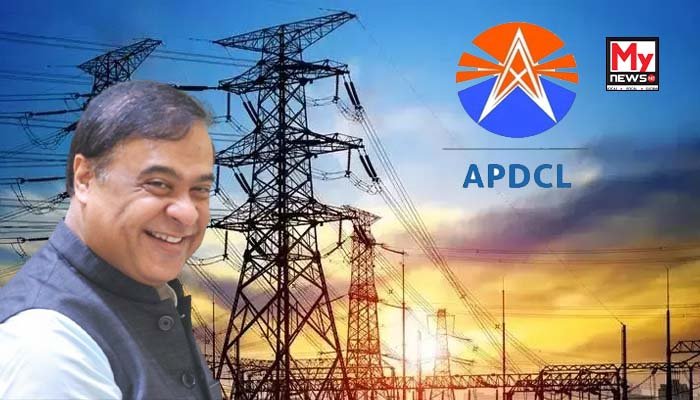Assam Powering Up: State Targets Energy Self-Reliance by 2035 Amid Surging Demand
Guwahati, Assam – Facing an unprecedented surge in electricity demand, Assam is charting an ambitious course towards energy self-sufficiency, aiming to generate 5,000 megawatts of solar power and establish storage for 8,000 megawatts by 2035. This strategic pivot comes as the state’s power requirements are projected to more than double in the next decade, hitting 5,500 megawatts daily from the current average.
Chief Minister Himanta Biswa Sarma underscored the urgency of this energy transition on Friday, during the launch of “THIRD AMPERE,” a comprehensive chronicle of Assam and the Northeast’s power sector evolution. The event, held at the Assam Administrative Staff College, also marked the silver jubilee of the Assam Electricity Regulatory Commission (AERC). The Chief Minister highlighted that escalating industrial growth, infrastructural development, and an improved standard of living are the primary drivers behind the escalating power consumption. While Assam currently generates approximately 500 megawatts domestically, it relies heavily on the central grid for a significant 1,800 megawatts daily. During the recent summer peak, demand touched 2,700 megawatts, a figure anticipated to rise further in the coming months.
With the state poised for rapid economic expansion, spurred by Rs. 5 lakh crore worth of investment proposals from the Advantage Assam 2.0 summit, the need for a robust and reliable power supply has become paramount. CM Sarma revealed that projects valued at Rs. 60,000 crore are currently underway, with many slated for operationalisation by the year-end, further increasing the strain on the existing power infrastructure. To address this, the government’s long-term energy strategy includes a monumental 5,000-megawatt solar power generation target, coupled with an 8,000-megawatt solar energy storage capacity for night-time use. In a significant boost, the Centre has also given its nod to a 3,000-megawatt thermal power project in the state.
The Chief Minister lauded the substantial improvements in Assam’s power sector over the past four and a half years, noting a significant reduction in transmission losses from nearly 30% to a more efficient 15.5%. This improvement, attributed to upgraded infrastructure and the rollout of smart meters, has not only bolstered efficiency but also made state-run power companies profitable, enabling a reduction in electricity tariffs by Re. 1 per unit. He credited the AERC for its instrumental role in this transformative journey, working in tandem with the government to steer the sector towards a sustainable and consumer-centric future. As part of the silver jubilee celebrations, CM Sarma also unveiled five new and updated regulatory frameworks designed to benefit electricity consumers, producers, and suppliers.
“THIRD AMPERE” offers a fascinating glimpse into the region’s electrifying past, tracing key milestones such as the electrification of Shillong in 1923, followed by Jorhat in 1924, Guwahati in 1927, and Tezpur in 1933. The book also honours pioneers like Kashinath Saikia and chronicles the establishment of the Assam State Electricity Board in 1958. The event saw the presence of prominent personalities, including AERC Chairperson Kumar Sanjay Krishna, Commission Member Alokeshwar Bhattacharyya, former Chairpersons Subhash Chandra Das and Jayanta Borkakati, and Dr. Samudra Gupta Kashyap, Chancellor of Nagaland University.
Also read: Brazen Wire Theft Halts Rajdhani Dream in Arunachal

